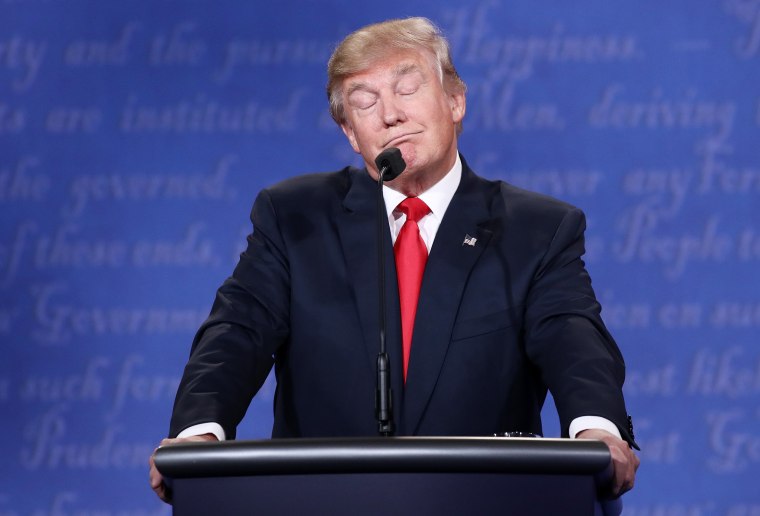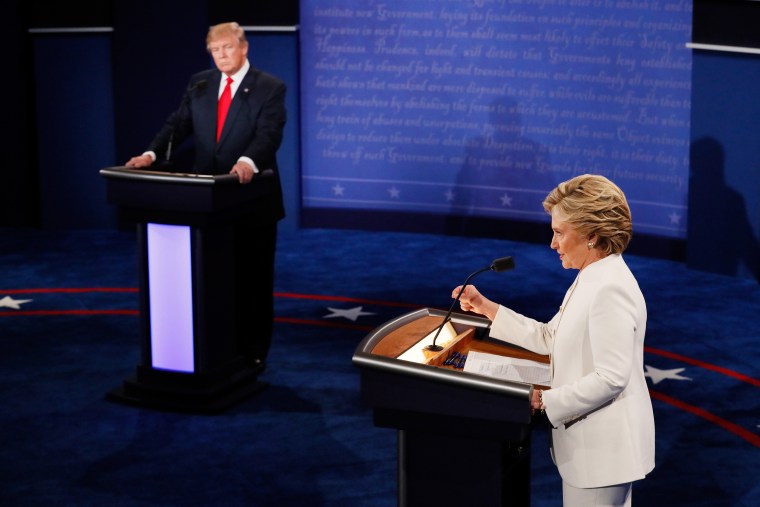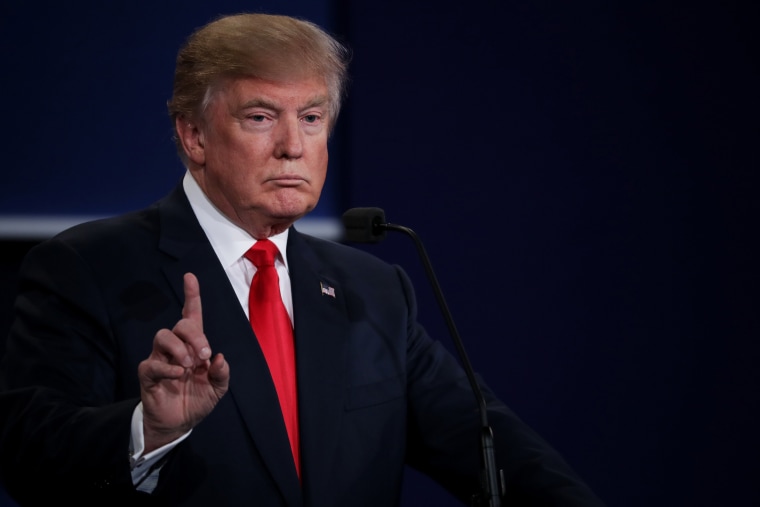As a child of the 1990s I appreciated the Three Amigosesque reference to the bad hombres Trump made in the final presidential debate.
The famous (or infamous) Donald Trump has come full circle. He launched his campaign over a year ago railing against Mexico sending immigrant "rapists" and drug dealers. More than a year later his closing pitch to the American public is his insistence he'll keep out the bad hombres.
That's too bad, and it's too bad for his party.
Donald Trump has come full circle with his immigration rhetoric, but he did it by ditching the Republican Party strategy, which had undergone a 180-degree turnabout on the issue when it came to presidential elections.
The GOP and its 2016 nominee have parted ways on a number of issues, but perhaps none so sharply as immigration and outreach to Latinos. The basis for these differing strategies boils down to what it takes to win the presidency.
Everyone can agree that elections are a numbers game. More votes equals a win, pretty plain and simple. But where it gets tricky is the path to that win.
RELATED: Debate Was Short On Immigration, But #BadHombres Was Trending
For the last 15 or 20 years the Republican Party has recognized that they need to open up the partisan tent and bring in more voters. Until recently, one of the groups the GOP had been targeting was Latinos.
In the past, the diverse Hispanic electorate had proven friendly to Republican candidates. For example in 2004, George W. Bush won upwards of 40 percent of the Latino vote.
In 2013 on the heels of Mitt Romney’s loss to President Obama, the GOP produced an autopsy report. In recounting what went wrong and setting out how to fix it, the main takeaway was essentially this: Don’t insult and alienate Latinos — we need them!

But enter Donald Trump, who took a completely different path to primary victory. Instead of broadening the Republican coalition, he subscribed to an alternate theory — bring back disenchanted white voters into the fold. Forget the big tent, just build a beautiful wall.
This idea was first laid out in 2013 by Real Clear Politics’ Sean Trende. In “The Case of the Missing White Voters, Revisited” Trende summarizes his research that lays out how the GOP could win the presidency by boosting the numbers of white voters that have been in decline.
RELATED: 'Game Over, Donald': Our Latino Panel Rates the Debate
Trende points out how the most salient demographic change was in the number of white voters from 2008 to 2012. He walks through the data and then discusses who in particular these voters are, mainly rural, rust-belt whites. Coincidentally these seem to be the very same voters that Donald Trump has been appealing to since day 1.

Trump took Trende’s theory to heart. Rather than reach out to minorities he decided to double down on white voters.
More specifically, he implemented a divide-and-conquer strategy to win the presidency. Trump has drawn on the economic frustrations and worries of working-class whites and spun them toward the blaming of the "other" — especially immigrant Latinos.
Trump’s recipe for victory rested on low Latino turnout and anger-boosted white turnout. Or in Trump talk – he was hoping the bad hombres wouldn’t turn out and the disenchanted white turnout would be huge, or "yuuge." .
The election is not over yet. Until then we can't definitively say whether the "big tent" or the "divide and conquer" strategy was the best for the GOP.
One thing's more certain. Even in the off chance that the divide and conquer strategy wins this time around, the reality is that it’s demographically unsustainable.
Numbers don’t lie and the demographic reality is that “the” Latinos are here to stay and only growing in size. You might as well get used to it and keep the open tent.
